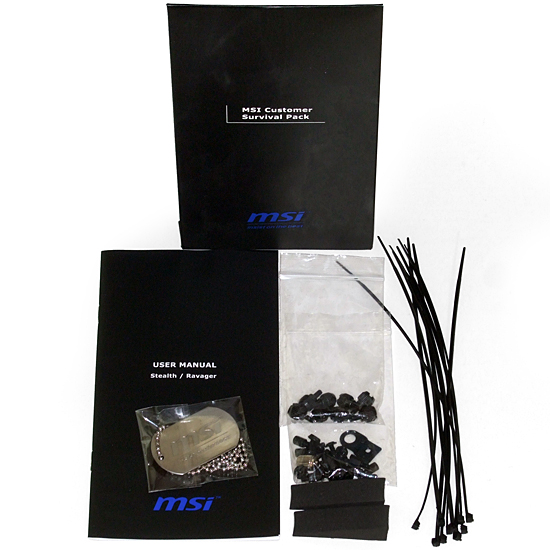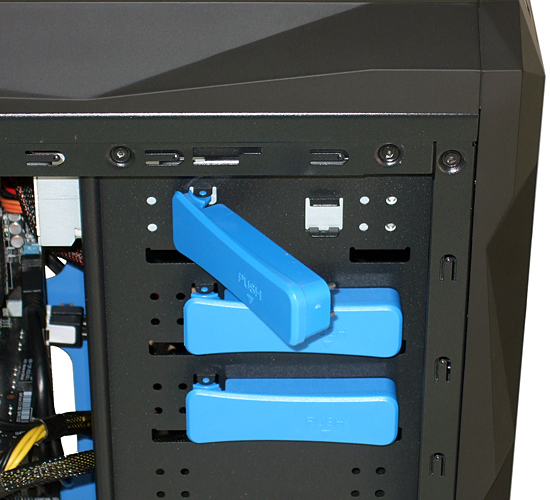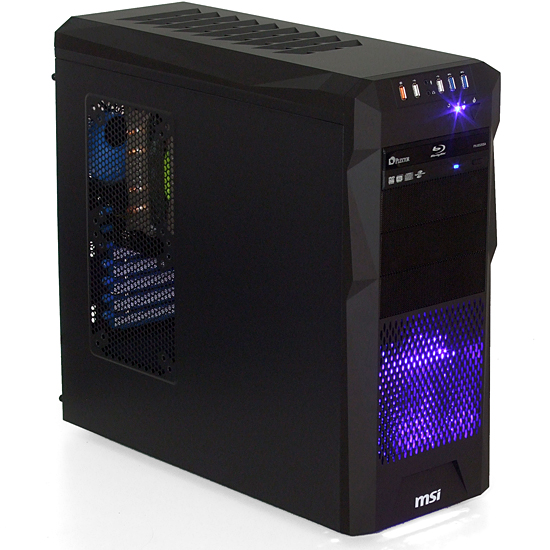Five Gaming Cases Between $80 And $120, Reviewed
Building With The MSI Stealth
MSI’s Stealth provides 11.9” of motherboard mounting space that opens up to 16.4” at slots two through four. A bracket between upper and lower bays offers two sliding card support brackets. This can be removed if it gets in the way of a single super-long, dual-GPU board that you plan to install, which may require the extra space.
Thin shoulders on two factory-mounted standoffs positively locate the board as you're installing its screws. The remaining hardware comes in one of two bags from the installation kit. MSI also throws in a couple of foam support blocks and an MSI dog tag.
Slides on MSI’s trays allow them to be spread when inserting locating pins into 3.5” drives, unlike competing designs that rely on tray flex to achieve the same thing. SSDs screw into the center, which prevents the tray from being spread.
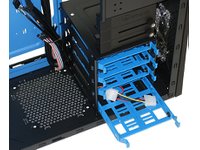
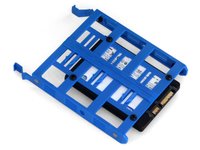
A swinging pin assembly secures 5.25” drives into external bays.
Although it covers most of the Stealth’s cable access holes, our slightly-oversized motherboard fits fairly well. The photo shows our alternative cable path.
Though the design theme of MSI’s Stealth appears dated, the LED fan does get a little attention from onlookers.
Get Tom's Hardware's best news and in-depth reviews, straight to your inbox.
Current page: Building With The MSI Stealth
Prev Page Building With The In Win Mana 136 Next Page Building With The NZXT Phantom 410-
Ramlethal why is it between 80 to 120 if the most expensive ones are 410 and stealth priced at 100 ?Reply -
Crashman Reply
Because it was written four years ago?19046365 said:why is it between 80 to 120 if the most expensive ones are 410 and stealth priced at 100 ?
-
Tschrom Honestly, that's probably still true today, if not even cheaper. You can find good quality Full ATX cases for around $80 now, and to spend that much ($410) on a case is just a waste of money. If you really know what you're doing, you don't need to spend anywhere near that much on a case just to house your components. I'm using a Thermaltake Versa H22 SE, which is pretty small (only a mid-ATX case and cheap at only $40) in regards to cases, yet I am able to keep everything quite cool and even made some manual customizations to the case to ensure everything fits well and works well. And I'm using only Air Cooling. Really the case you use comes down to "do the components fit, and is there adequate cooling". Even then, the cooling part can be adjusted to what is necessary with some manual customizations or even just so much as ensuring that your case fans' CFM is adequate for cooling of your currently installed components (or water, but water cooling doesn't work in my current setup so I have no opinion on that).Reply

